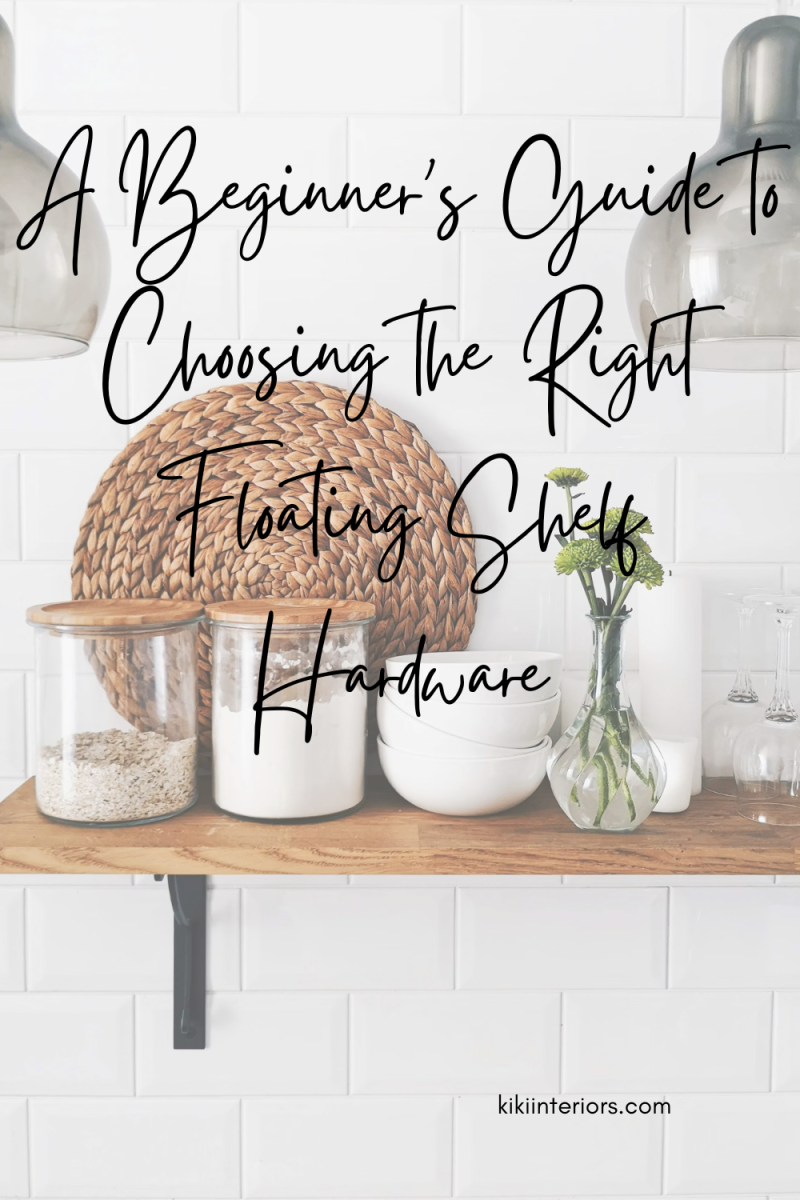
Have you ever wondered how floating shelves stay up without visible supports? You’re not alone!
Welcome to our beginner’s guide to choosing the right floating shelf hardware. This guide will unravel the mystery behind these magical wall features.
We’ll walk you through the different types of hardware available and help you pick the best one for your floating shelf project. Let’s dive in, shall we?
Determine the Purpose and Weight Capacity
Before selecting your floating shelf hardware, it’s crucial to think about what you intend to display on the shelves. Will you be showcasing lightweight decorative items, a collection of books, or potentially heavy objects like cookware or electronics?
Knowing the weight capacity you need will help you choose hardware that ensures the shelves can safely support the items you plan to store.
Bracket Types
Several types of brackets are available for floating shelves, each with unique features and weight capacity. Here are some you should know:
Hidden Brackets
Hidden brackets are popular for those seeking a clean, minimalist look. These brackets are installed inside the shelf, rendering them completely concealed when the shelf is mounted. They provide an unobtrusive and sleek appearance, making your items appear as though they are floating in mid-air.
L-Brackets
L-shaped brackets are simple and effective. They are installed beneath the shelf and offer sturdy support. These are a practical choice for those prioritizing durability and ease of installation.
Floating Shelf Systems
Floating shelf systems comprise brackets and rods that attach to the wall. The shelf slides onto these brackets, allowing for adjustable heights and a sleek, floating appearance. These systems are versatile and can accommodate shelves of various lengths and thicknesses.

Material and Finish
When selecting the material and finish of your hardware, consider the aesthetic you wish to achieve. Steel and stainless steel offer a sleek, modern appearance, while aluminum is lightweight and corrosion-resistant.
For a warm and natural look that complements materials like a white oak floating shelf, you might opt for wooden brackets with a clear or stained finish. Hardware finishes can range from black to chrome and more, so choose one that complements your shelf material and overall decor.
Installation Method
The tools you have and how well you know how to do DIY projects will determine how easy it is to put on floating shelf hardware. Some types of hardware may need more advanced methods, like drilling into concrete walls, which takes more knowledge.
On the other hand, some choices are made to be easier to install and only need basic tools like screwdrivers or stud finders. Before you start the installation process, consider how skilled you are and what you’ll need.
Wall Type
The type of wall you plan to mount the shelves on is an important factor. Different wall materials, such as drywall, plaster, brick, or concrete, may require specific anchors or fasteners to ensure a secure installation. You’ll need to choose hardware compatible with your specific wall type.
Float Into Style With the Right Floating Shelf Hardware
Equipping yourself with the right knowledge about floating shelf hardware can make your DIY project successful. Consider your weight capacity, bracket type, material, finish, installation method, and wall type requirements.
With these factors in mind, you are one step closer to creating a beautiful, functional space with floating shelves. Remember, the strength of your shelf lies in the hardware, so choose wisely!
Was this article helpful? Dive into our blog for a deeper dive into the subject.



